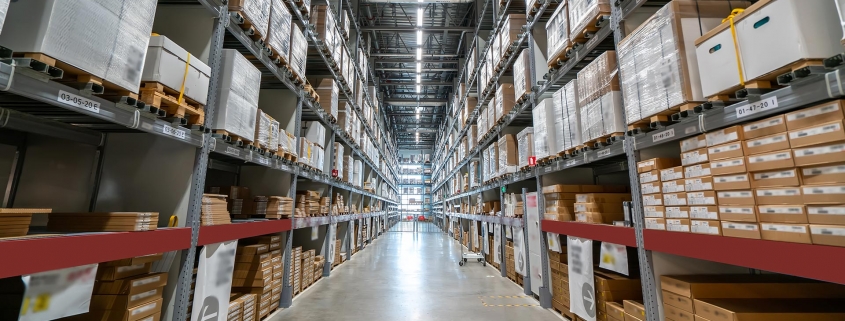International Logistics: How to Handle Cultural Differences in Cross-Border Transportation
Hello everyone! Today, I want to talk to you about how to navigate cultural differences in cross-border transportation within the field of international logistics. In the context of globalization, there are various cultural differences between different countries and regions, which pose challenges and opportunities for cross-border logistics transportation. Let’s explore this hot topic together and discuss how to address it.
Firstly, cultural differences mean that we need to be more sensitive and respectful of different cultural norms and customs in cross-border transportation. For example, different countries have different etiquettes and business practices. Understanding and respecting the cultural backgrounds of the target country or region can help establish good collaborative relationships and communication channels.
Secondly, language is a major challenge in cross-border transportation. Different countries and regions use different languages, and language barriers can lead to misunderstandings and communication obstacles. Therefore, utilizing translation services, multilingual communication tools, and cross-cultural training can help overcome language barriers and facilitate effective communication and collaboration.
Furthermore, legal regulations are also crucial factors to consider. Different countries and regions have different laws and regulatory requirements, especially in cross-border transportation. Understanding and complying with the relevant laws and regulations of the target country or region can avoid risks and disputes and ensure smooth transportation.
Additionally, cultural sensitivity and adaptability are key in addressing cultural differences. Cross-border transportation involves communication and collaboration between different cultures, requiring an open mindset and flexible attitude. Understanding and respecting the customs and values of different cultures, adapting to and integrating into the work styles of the target country or region, can establish better collaborative relationships and achieve better business outcomes.
In conclusion, addressing cultural differences in cross-border transportation requires sensitivity, respect, and adaptability. By understanding and respecting cultural norms, overcoming language barriers, complying with laws and regulations, and demonstrating cultural sensitivity and adaptability, we can achieve success in cross-border logistics transportation.
#InternationalLogistics #CulturalDifferences #CrossborderTransportation #LanguageBarriers #LegalRegulations



